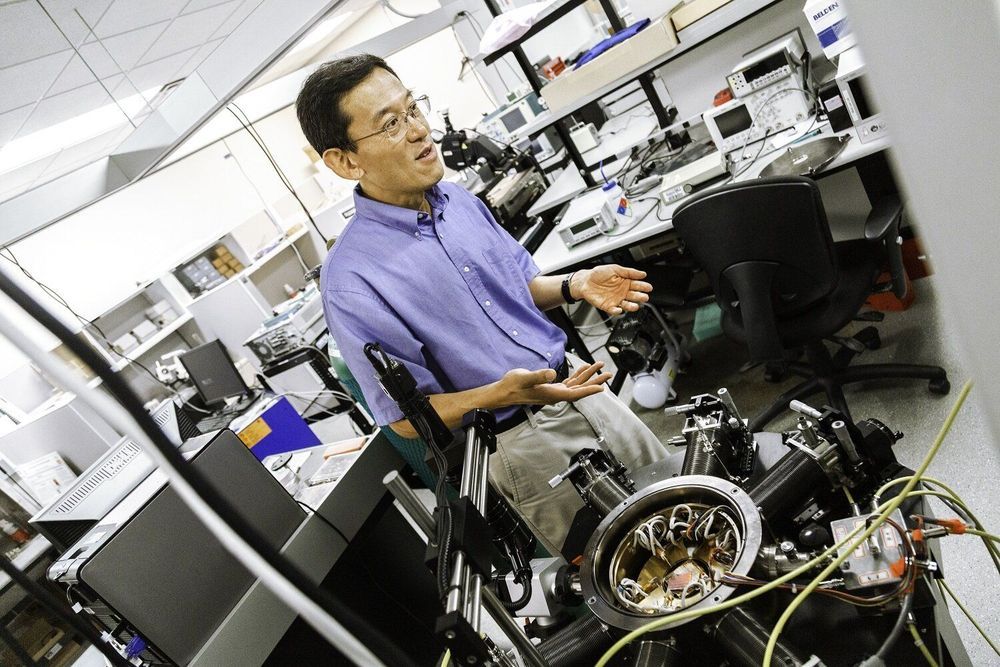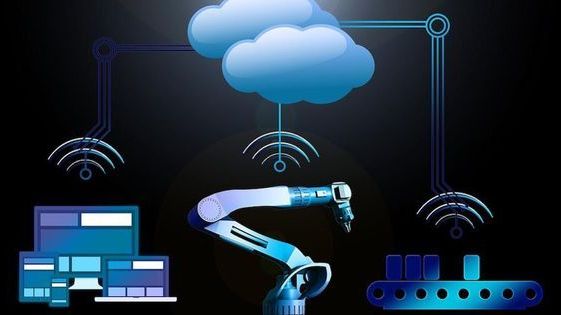A University of Texas at Dallas physicist has teamed with Texas Instruments Inc. to design a better way for electronics to convert waste heat into reusable energy.
The collaborative project demonstrated that silicon’s ability to harvest energy from heat can be greatly increased while remaining mass-producible.
Dr. Mark Lee, professor and head of the Department of Physics in the School of Natural Sciences and Mathematics, is the corresponding author of a study published July 15 in Nature Electronics that describes the results. The findings could greatly influence how circuits are cooled in electronics, as well as provide a method of powering the sensors used in the growing “internet of things.”








